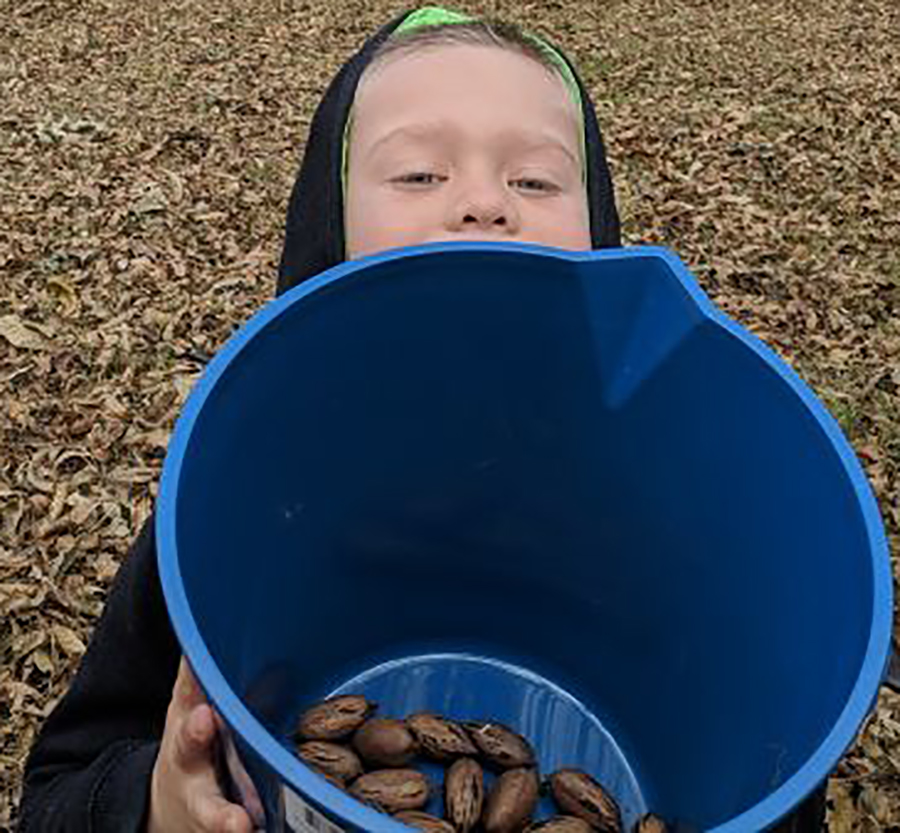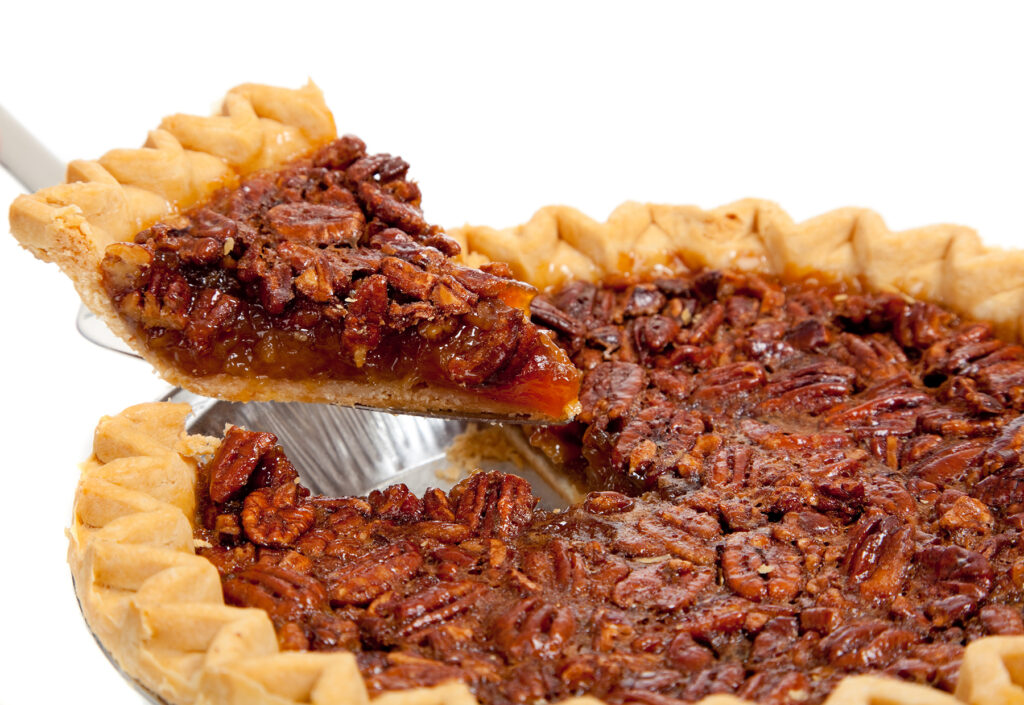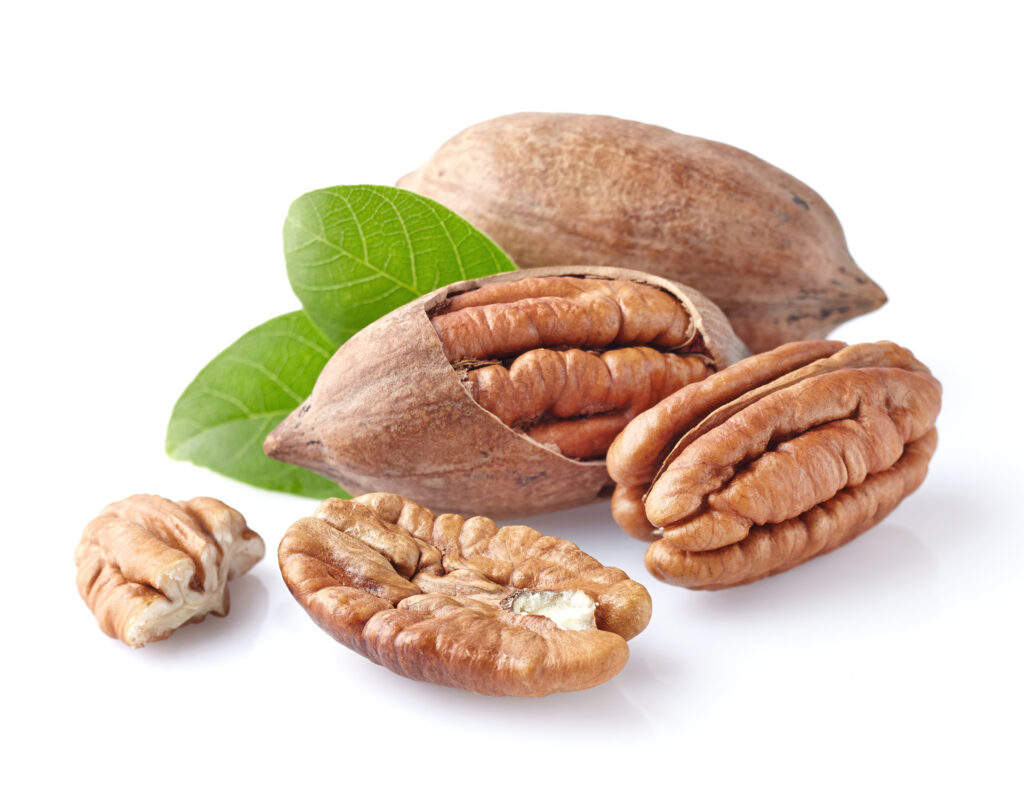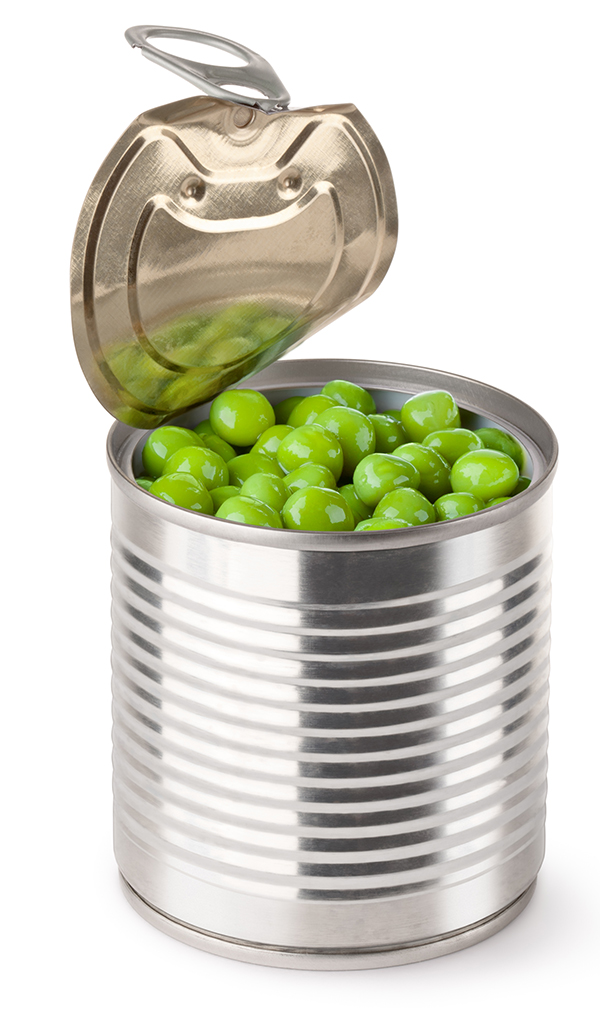There is good reason the pecan is the official tree of Texas. While trade records tell us pecans have been exported from the state since before the Civil War, there is also archaeological evidence the tree has been growing in Texas regions since prehistoric times. Today, it is native to more than half of Texas counties, including most of the river valleys, and it is the only commercially grown nut in the state. Plus, its leaves and coverage make it a wonderfully preferred shade tree in the Texas heat.
SOME HISTORY
For a long time, the pecan tree was not duly honored for its fruit and contributions because most were cut down to make room for more valuable cotton crops. On the plus side of that razing, pecan wood was handy for making farming tools and wagons. But, by 1904, when the state was in danger of losing them all together, the nut trade made a significant comeback and quickly became one of the leading money crops. That comeback grew to the point that the Texas Legislature declared the pecan the state tree twice; in 1919 and 1927.
In the years after, and fortunately for pecan growers, trees did not know they were in a Great Depression and Texas’ annual crops weighed in the tens of millions of pounds. With all that product, growers and shelling companies in some of the more prolific cities and counties were able to keep as many as 15,000 people employed at any given time.
By 1945, Texas was producing about 30 percent of the nation’s crop. While, prior to 1900, commercial shellers used railroad spikes to crack the shells and needles to pick out the meat, mechanization allowed growers to keep up with rising demand across the country. The result was as much as 75 percent of Texas’ annual crop being exported north and east to satisfy a growing number of shelling and candy companies.
In the 1960s, growers had begun expanding into more counties, creating new varieties, using greater mechanical devices, and the state was up to 1.8 million trees. This led to a boom in commercial planting in the 1970s and state production began edging toward 100 million pounds annually.
TODAY

While Texas has slid to the #2 spot behind Georgia in total numbers, gathering pecans is still a major enterprise for many in the Lone Star State. At its simplest (and most fun) level, families bring buckets and pick up pecans around Georgetown or perhaps in their own yards. Commercially, they are collected by the millions by mechanical shakers or spread sheets under the trees to catch them. All for a taste of Texas’ official state dessert…
Georgetown Students Make it Official
In 2013, Diego Rodriguez, a student in Mary Mikeska’s first grade class at Ford Elementary in Georgetown discussed with his dad how cool it would be to create a law for Texas. Diego’s class had been studying state emblems and his father, an attorney, talked to the class about how the legislative process works, so the kids decided to lobby the legislature to make a new law.

After the class agreed on Pecan Pies, they reached out to State Rep. Marsha Farney and Senator Charles Schwertner who guided them through the process and advocated for the new Official State Dessert.
The bill itself was drafted for the students by staffers. It included language regarding the state’s production plus several century-old recipes and references to the nut-based dessert. To help garner “yea” votes, students wrote letters and drew pictures for lawmakers, interviewed senators and, in what is still remembered as “The Most Adorable House Committee Hearing in Texas History,” testified before a Senate committee. Needless to say, the bill passed!
“Texans generally agree on two things: Texas pecan pies are, hands down, the best, especially when made with Texas pecans by a Texan; and secondly, whether served hot or cold, with a scoop of ice cream or without, pecan pie is indeed the perfect ending to any meal.”
—HCR 53 and SCR 12
HEY, NEW TEXANS, THIS IS IMPORTANT…


